8 Shocking Reasons Why Users Uninstall Your App: Key Reasons and Its Solutions
5 Sep 24 

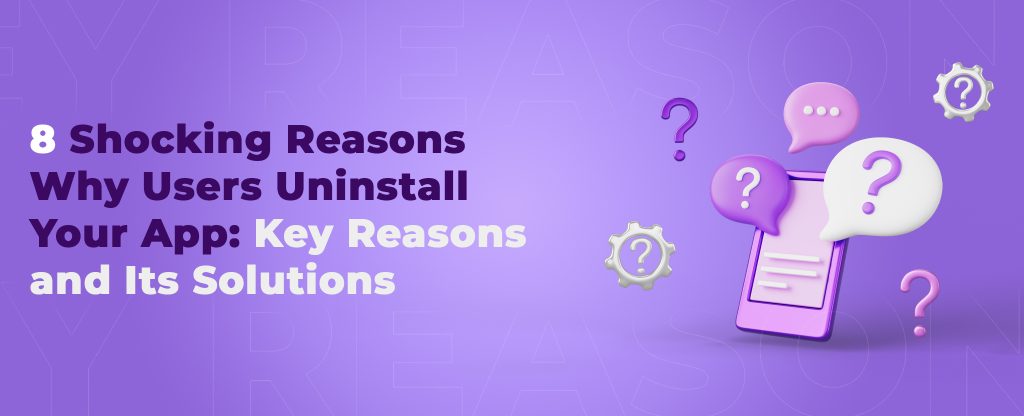
Did you know that 25% of apps are uninstalled within just 24 hours of being downloaded? That is 1 in every 4 installation
Keeping users interested is just as important as getting them to download your app. But here comes the significant question: Why do people delete apps?
Understanding why people remove apps is critical in learning how to keep users delighted and make your app a success. You may be an app development service provider or a business owner , knowing why users delete apps can help you offer more personalized experiences to users, making significant impact on your business bottom line.
Want to know what your users think and make more people happy with your high-impact, user-friendly app?
Let’s look at 8 main reasons why people might be saying goodbye to your app and more importantly, how you can make them stay for a long time.
Key Facts and Statistics
- The average uninstall rate for mobile apps is around 28%, about a month after installation.
- 49% of apps are uninstalled within 30 days, often on the very first day.
- Mobile dating apps have the highest uninstall rate at 65%.
Reasons That Make Users to Uninstall Your Apps
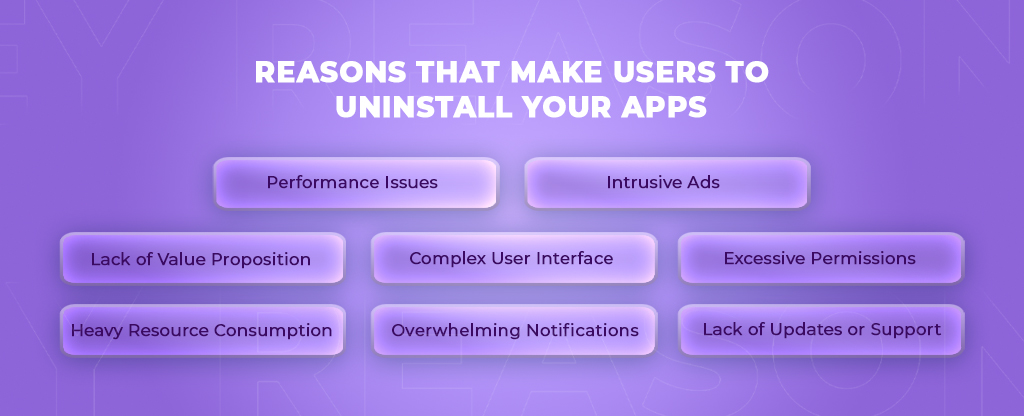
1. Performance Issues
Performance issues, including frequent crashes, slow loading times, and excessive battery consumption, pose significant challenges for users. In today’s digital landscape, where numerous alternatives are readily available, users expect seamless and friction-free experiences. To effectively reduce the likelihood of performance related uninstallations, it is essential to:
- Prioritize regular optimization by conducting thorough mobile usability testing and implementing timely updates to guarantee smooth and reliable performance.
- Establish user friendly feedback mechanisms that allow users to report issues easily, ensuring that their concerns are addressed promptly and effectively.
By focusing on these strategies, developers can enhance user satisfaction and retention, contributing to better app store optimization and overall mobile app optimization.
2. Intrusive Ads
While advertisements play a vital role in generating revenue for your app, it is important to recognize that intrusive and disruptive ad experiences can significantly drive users to uninstall your application. To effectively strike a balance between monetization and user satisfaction:
- While ads are necessary, it is crucial to implement strategic placement that does not interfere with the core interactions users have within the app.
- Moreover, providing options such as premium ad free versions or customizable settings can greatly enhance user satisfaction and engagement, ultimately leading to a more positive experience for your audience, which is a crucial aspect of mobile app engagement strategy.
3. Complex User Interface
A cluttered or confusing user interface (UI) can lead to significant frustration among users, ultimately hampering their engagement with your application. To enhance user satisfaction, it is essential to simplify your app’s UI by streamlining navigation paths and adopting a user centric design approach. This means organizing elements logically and ensuring that users can easily find what they need without unnecessary distractions.
- By simplifying navigation paths and adopting a user centric design, you can significantly improve usability, making it easier for users to interact with your app, thereby improving app engagement.
- Furthermore, it is crucial to utilize feedback and conduct usability testing regularly. This ongoing process allows you to continuously refine the UI, ensuring a better user experience that meets the evolving needs of your audience.
4. Lack of Value Proposition
Applications that do not provide a clear value or fail to address specific problems faced by users are likely to be uninstalled. To ensure your app remains relevant and appealing to users, it is essential to take several steps:
- Begin with comprehensive market research to gain a deep understanding of your target audience’s needs, preferences, and pain points. This research will help you identify what users truly seek in an app.
- Further, clearly communicate the app’s unique value proposition right from the start. This means highlighting what sets your app apart from competitors and how it can effectively solve user problems. By doing so, you can attract new users and retain existing ones, ultimately leading to a more successful app that meets the demands of its audience, which is crucial for ASO in digital marketing.
5. Excessive Permissions
Requesting unnecessary permissions can significantly raise privacy concerns among users and may ultimately lead to app uninstalls. To mitigate these issues, it is crucial to ensure the following:
- By requesting only the essential permissions that are necessary for the app’s core functionality, you can effectively alleviate users’ privacy concerns. This approach not only builds trust but also enhances user satisfaction, contributing positively to your Apple store optimization efforts.
- Additionally, ensure transparency by clearly explaining the reasons behind each permission request. Detail how each permission is necessary and how it contributes to improving the overall user experience. When users understand the purpose of these permissions, they are more likely to feel comfortable granting them, thus fostering a positive relationship between the app and its users.
6. Lack of Updates or Support
Applications that do not receive regular updates or lack responsive customer support can significantly jeopardize user trust over time. It is essential to maintain:
- Regular updates: These updates should not only introduce new features but also address existing bugs and enhance security measures. By consistently providing updates, developers demonstrate their ongoing commitment to improving the user experience and ensuring the app remains relevant in a rapidly changing digital landscape, which is vital for maintaining good ASO and SEO.
- Moreover, prioritize responsive support by providing multiple channels through which users can seek assistance promptly. This could include options such as live chat, email support, and comprehensive FAQs. When users feel that their concerns are addressed quickly and effectively, it fosters a sense of reliability and trust in the application.
You may also read: Transform Your Mobile App Development by Avoiding These 5 Mistakes
7. Overwhelming Notifications
While notifications can be a powerful tool for engaging users, an overload of excessive or irrelevant notifications can lead to user annoyance and, ultimately, app removal. To optimize notification strategies, consider the following:
- Personalizing notifications based on user preferences and behaviors to increase their relevance. By understanding what users find valuable, you can create a more engaging experience that encourages continued interaction with the app.
- Additionally, allow users to customize their notification settings. This empowers them to manage the frequency and content of notifications effectively. By giving users control over their notification experience, you can enhance their overall satisfaction and reduce the likelihood of them feeling overwhelmed, which plays a key role in your mobile app engagement strategy.
8. Heavy Resource Consumption
Apps that excessively drain battery life, storage, or data without clear benefits frustrate users, especially those with limited resources. Focus on:
- By optimizing app performance, you can minimize resource consumption and improve device compatibility.
- Moreover, clearly communicate resource requirements to manage user expectations effectively. Effective app store optimization should also consider these factors to ensure better retention rates.
On a final note
In short, knowing why users uninstall your app is key to making it better. By fixing the common problems we’ve discussed, like bad navigation and too many ads, you can keep users happy and stop them from deleting your app. Make some changes, update regularly, and focus on what users want – and you’ll see fewer uninstalls and more loyal customers.
Developing a mobile app isn’t just about coding. Picking the right app development company can make or break your app’s success. It’s crucial to find a trustworthy partner before diving into app creation.
A well-chosen mobile app development company will deliver a product that’s lively, easy to use, and hits the mark with your target audience. When selecting a company, look at their tech setup and past projects. It’s vital to understand what you’ll get before making your final choice.
Remember, your app’s future is in their hands. Choose wisely, and you might just create the next big thing in the app world. Are you ready to take that leap?
- Agentic AI1
- Android Development3
- Artificial Intelligence31
- Classified App3
- Custom App Development5
- Digital Transformation12
- Doctor Appointment Booking App14
- Dropshipping1
- Ecommerce Apps40
- Education Apps2
- Fintech-Apps37
- Fitness App4
- Flutter4
- Flutter Apps20
- Food Delivery App5
- Grocery App Development1
- Grocery Apps3
- Health Care10
- IoT2
- Loyalty Programs9
- Matrimony Apps1
- Microsoft1
- Mobile App Maintenance2
- Mobile Apps127
- Product Engineering6
- Progressive Web Apps1
- React Native Apps2
- Saas Application2
- Shopify9
- Software Development3
- Taxi Booking Apps7
- Truck Booking App5
- UI UX Design8
- Uncategorized6
- Web App Development1









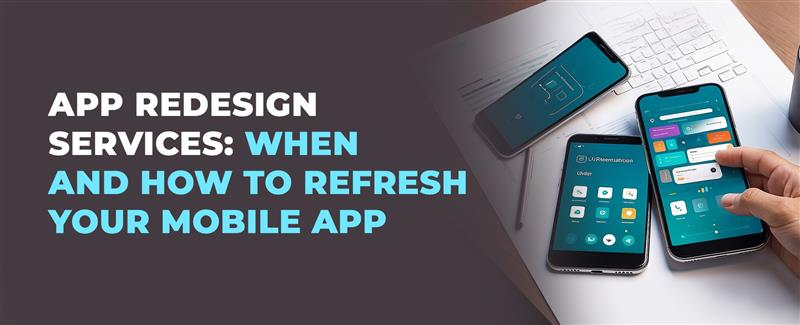
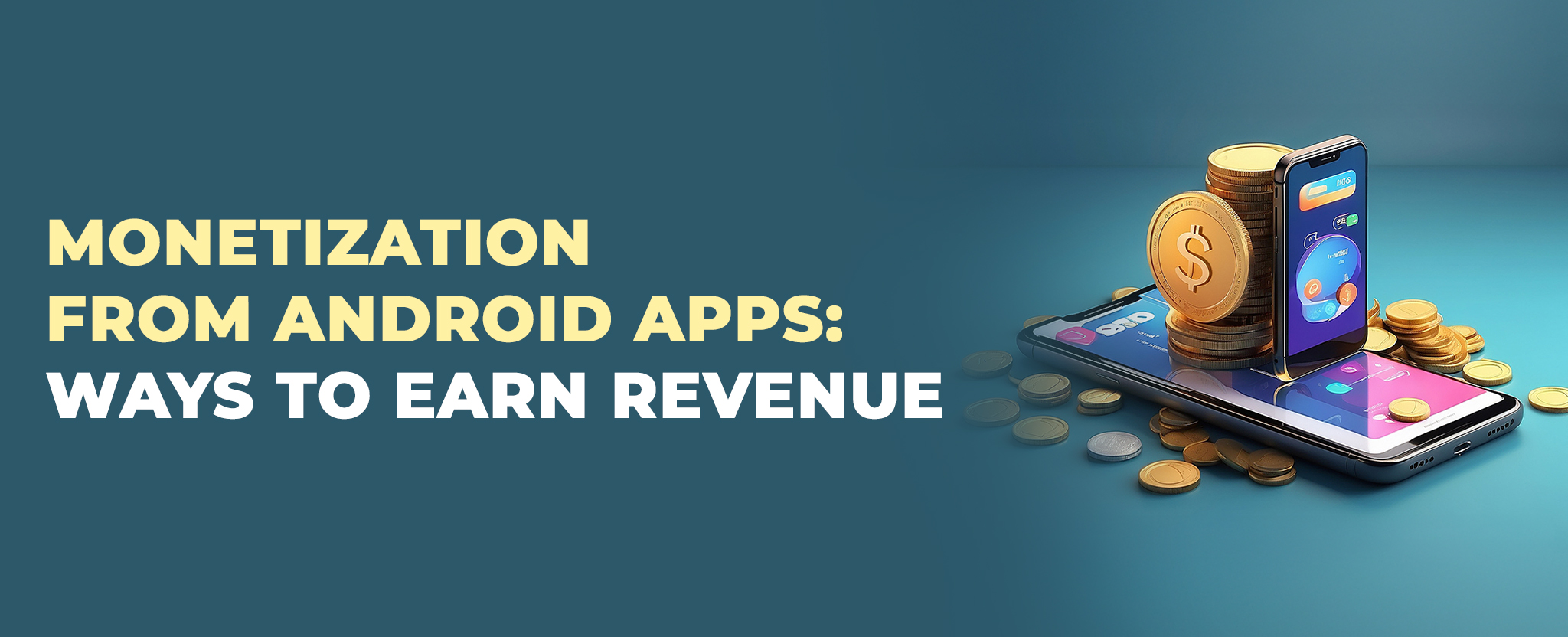
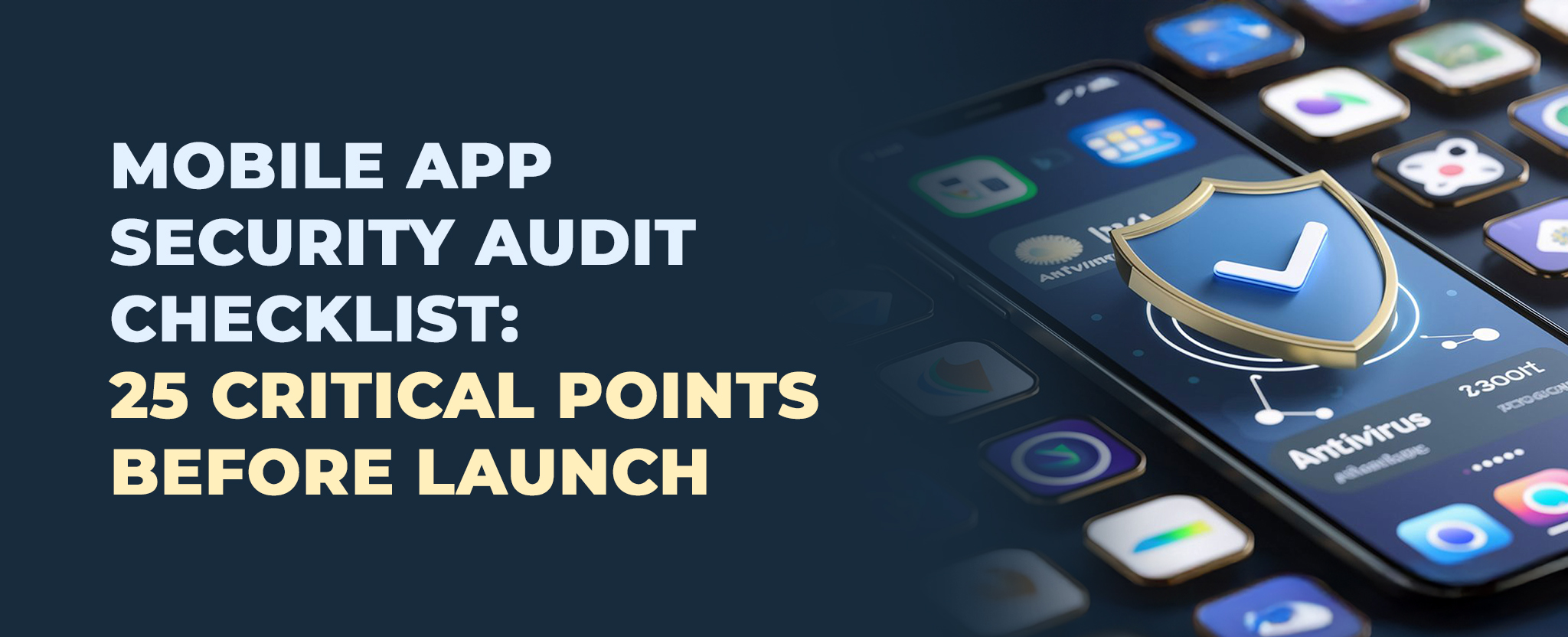







Comments